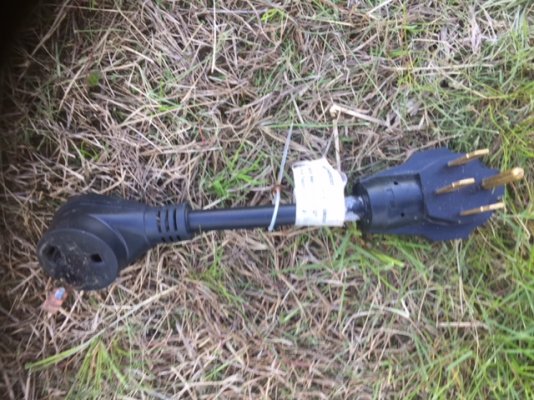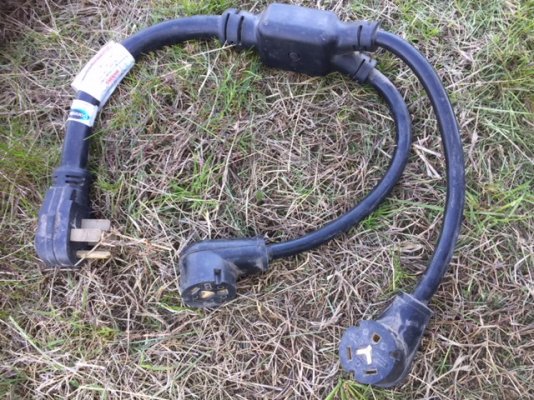heckufaguy
Active member
- Joined
- Apr 26, 2013
- Posts
- 36
Frank Hurst said:After many tripped breakers and some burned 30 amp cords, I go with one AC and a fan.
+1. 2nd unit is no help if it's constantly causing problems. I'd either go with one and a fan, or when you cut in the 2nd one wire it separately so you can power it off another shore plug. Much like us camping where there's only 20amp. It'll run the AC, but you need to dial it off when using the microwave. Doable, but not ideal.



